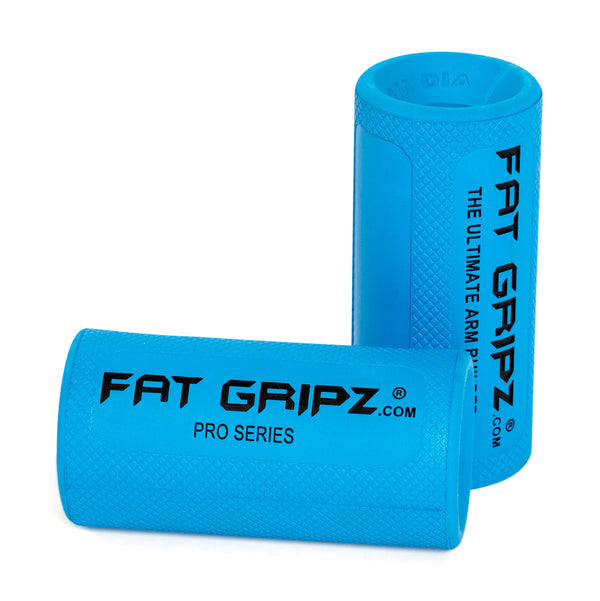Grip strength might seem like a small detail in your training, but it carries major weight. Not only does a strong grip help you move more iron, it’s also linked to overall health and longevity.
Learning how to measure grip strength gives you a clear benchmark for both performance and wellness.
Why Grip Strength Matters
Grip Strength in Training
Whether you’re deadlifting, rowing, or simply carrying groceries, grip strength is the unsung hero behind your performance. A weak grip can limit how much weight you pull, cut short your sets, and slow down progress in nearly every major lift.
Grip Strength as a Health Indicator
Grip strength goes beyond the gym. Studies have shown it can serve as a biomarker of health. According to research summarized by the National Institutes of Health, low grip strength is associated with frailty, functional decline, and even increased risk of mortality (pmc.ncbi.nlm.nih.gov). That makes it a practical, low-cost way to assess not just strength, but long-term well-being.
How to Measure Grip Strength
Dynamometer Testing
The gold standard for measuring grip strength is a hand dynamometer.
-
Squeeze the device as hard as possible for a few seconds.
-
Repeat 2–3 times per hand and record the best score.
-
Compare results against standardized strength charts by age and gender.
Barbell and Dumbbell Holds
If you don’t have a dynamometer, test grip endurance with static holds:
-
Load a barbell or dumbbells with a challenging weight.
-
Hold for as long as possible without straps.
-
Track your time to measure progress.
Dead Hang Test
Another simple option is the dead hang:
-
Grab a pull-up bar with both hands.
-
Hang as long as possible while maintaining full grip.
-
Record your max time and aim to improve weekly.
Best Bells of Steel Gear for Training Grip Strength
-
Axle Bars: Thick bars that make pulling movements much harder on your forearms and fingers.
-
Fat Grips: Versatile attachments that instantly turn any barbell, dumbbell, or cable handle into a grip challenge.
-
Fat Bar Cable Attachments: Upgrade your rows, pulldowns, and curls with a grip-focused twist.
-
Adjustable Forearm Gripper: Perfect for progressive overload on your crushing grip.
-
Wrist Roller: Old-school and brutal, this tool trains forearm flexors and extensors for balanced grip strength.
Best Exercises for Increasing Grip Strength
Farmer Carries
Grab a pair of heavy dumbbells or implements and walk. This builds support grip, traps, and core stability.
Plate Pinch Holds
Pinch two weight plates together smooth side out and hold for time. This lights up your thumb and pinch strength.
Dead Hangs
Hang from a pull-up bar to train endurance, shoulder health, and hand toughness.
Deadlift Pauses
Pause mid-shin on your deadlifts to build crushing grip and pulling power simultaneously.
Wrist Curls and Extensions
Add balance by strengthening forearm flexors and extensors to prevent overuse injuries.
FAQs About Measuring Grip Strength
What is a normal grip strength?
For adults, average grip strength ranges from 70–100 pounds for women and 105–150 pounds for men. Elite lifters often measure much higher.
How often should I test my grip strength?
Every 4–6 weeks is enough to monitor progress without interfering with training.
Can grip strength predict health outcomes?
Yes. Studies show grip strength correlates with reduced risk of cardiovascular events, disability, and overall mortality.
Is grip strength genetic or trainable?
Both. Genetics set a baseline, but consistent training can dramatically improve your grip.
Can I train grip every day?
Grip muscles recover quickly, but daily max-effort training risks tendon strain. Stick to 2–3 focused sessions per week.
Final Thoughts on Grip Strength
Measuring grip strength gives lifters a clear performance marker while also providing insight into long-term health. With simple tools and exercises, anyone can build a stronger grip and better training foundation. Whether you’re crushing PRs or just want to hold on longer, your grip may be the most important strength you develop.



